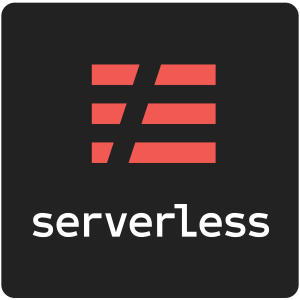There’s no point to putting time, effort, and money into a product that no one would buy or use. So many startups are launched with a great idea, but no results end up being developed.
You have to build something that people or companies will love.
Building something that people will love is really freaking hard. It takes a dramatic change, a different mindset. It takes a product mindset. When I hear the phrase product mindset, I think of the outcome that a team delivers instead of the output. You need to build something that people will love.
Most startups fail because they built something that there was no market for (no market need, or ran out of cash). You need to build something that companies or people must have to survive.
I like to think of a product as an object that can be offered to a market to satisfy the desire or need of a customer. A product is the result of a process. Before spending weeks, months, or even years building something you need to go talk to potential customers.
The Startup Owner’s Manual by Steve Blank and Bob Dorf is a really good and practical way of thinking about this and approaching this. The main premise of the book can be summarized as you need feedback, you need feedback quickly, and you won’t get feedback by sitting around the office thinking. You need to talk to customers or potential customers.
Transitioning to a Product Mindset
Transitioning from a traditional IT mindset to a product mindset isn’t an easy road, there will be people and teams that are lost on the way. The typical IT mindset is about managing cost by planning lots upfront, stability (up time), using outsourcing to lower cost regions to keep costs low, and not about are users using it, will they buy it again / renew.
Typically development doesn’t talk to customers only sales does which results in the wrong things frequently being built or the process isn’t optimal or bugs don’t ever end up getting resolved. This can be resolved by having developers initially talk to customers and being a tier of support, and eventually hiring a Product Manager.
It’s no secret, that I fully support outsourcing because startups but this needs to be done with caution. No startup will likely ever have all the resources they need to hire and retain people. And let’s not forget, hiring people to join the organization typically takes a lot longer than selecting a vendor and using their people.
Agile Talent: How to Source and Manage Outside Experts by Jon Younger and Norm Smallwood is a good book about sourcing and managing outside experts. To move faster companies need to invest money on having experts available on tap.
Your customers might not even be buying software or technology, they could literally be buying something different like access to a certain audience. From a technology perspective the output is likely some sort of UI, a report, a book or some sort of code. A UI and code that is never called is useless. To make it useful we need to build it with the customer in mind, and the easiest way to do that is by talking to customers.
So how do we talk to customers? We should use frameworks like design thinking, business analysis and a whole lot of listening. Customer feedback is the only way to become the best – it’s like a magic potion that allows you to validate your ideas.





Pingback: Are Business Plans Outdated? - Brian Cline